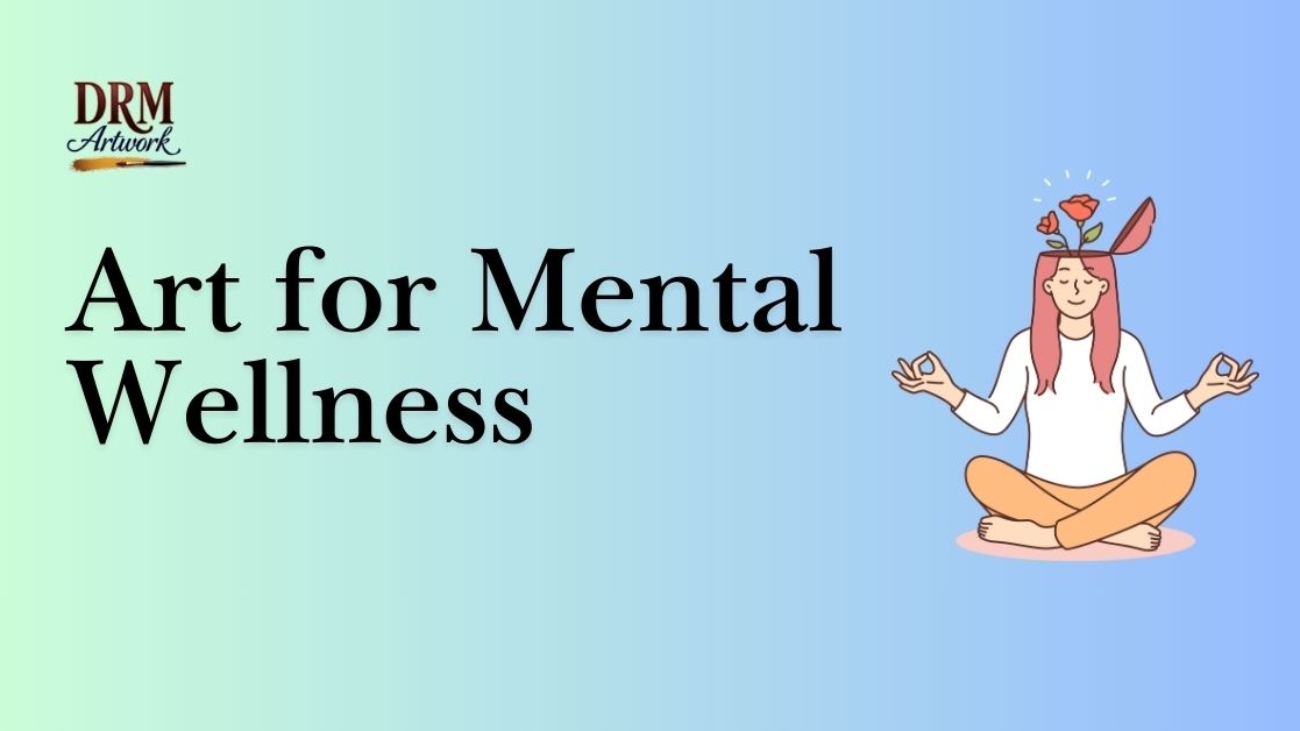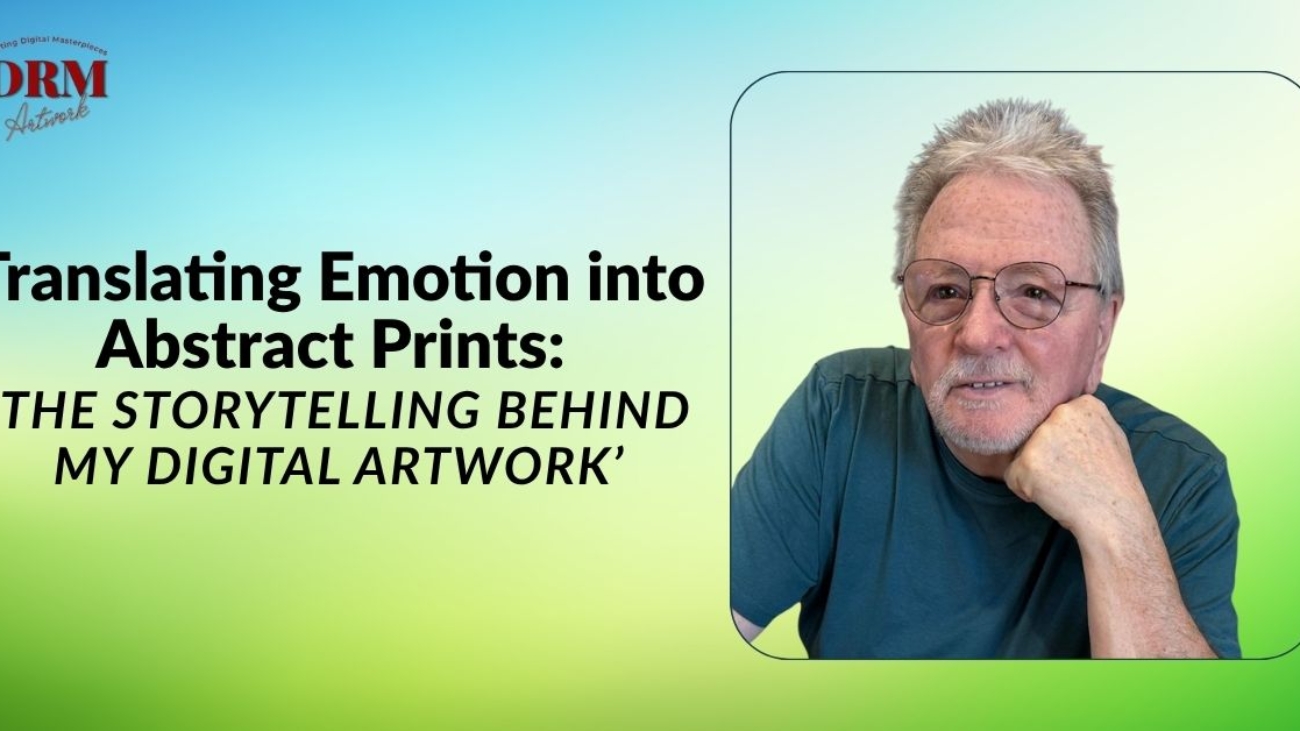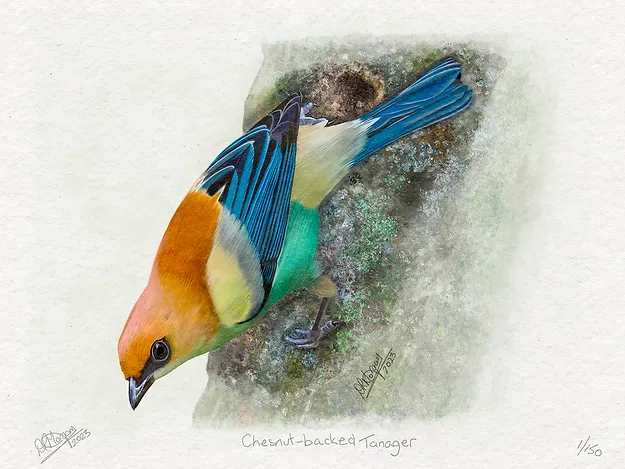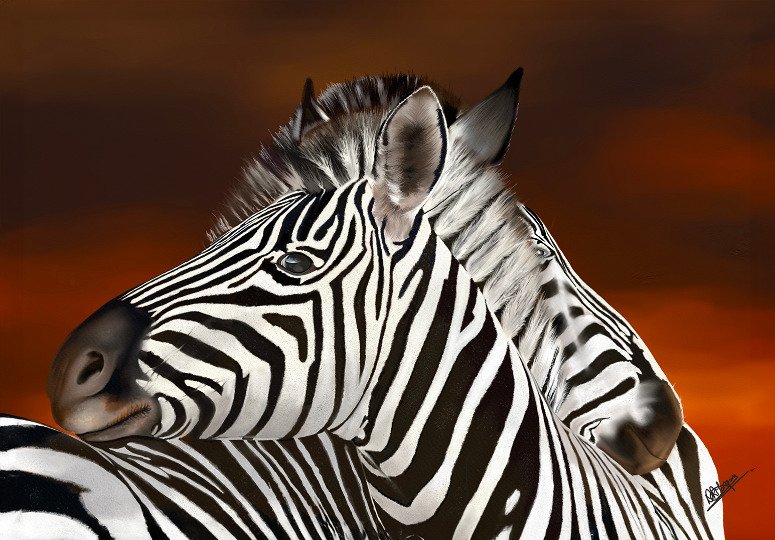Introduction
I’ve been painting and exploring abstract art for much of my life here in the UK—through study, exhibitions, and private moments in my studio. What I have discovered, repeatedly, is that abstract expression isn’t just a style or aesthetic choice: it’s a process, a journey, a refuge, and often a form of art for mental wellness, turning emotion into something visible. In a world increasingly defined by speed, words, deadlines, and expectations, abstract art allows me (and many others) to access something beneath the surface: emotion without needing perfect articulation, feelings without perfect form. You can see more of my work and reflections on this journey at drmartwork.com.
This article is about what I’ve learned: how abstract expression works for mental wellness, what makes it powerful, what the scientific and psychological literature say, real‑life examples (mine and others’), and how you can use abstract expression in your life. I’ll share what helps, what doesn’t, and some of the pitfalls to avoid.
What is Abstract Expression (in the Context of Healing?)
When I say “abstract expression,” I mean non‑representational (or loosely representational) art where the emphasis is on line, form, colour, texture, mark‑making often spontaneous or intuitive rather than precise depiction of people, places, objects. Think of the work of artists like Jackson Pollock, Mark Rothko, or British artists who explore texture, movement, and emotion through abstraction, though each of us uses different vocabularies. Healing via abstract expression means using those means (colour, shape, mark) to explore internal states: anxiety, joy, overwhelm, confusion, hope. It isn’t therapy in a clinical sense (unless done with a therapist), but it has therapeutic potential.
Why Abstract Expression Speaks to the Unspoken
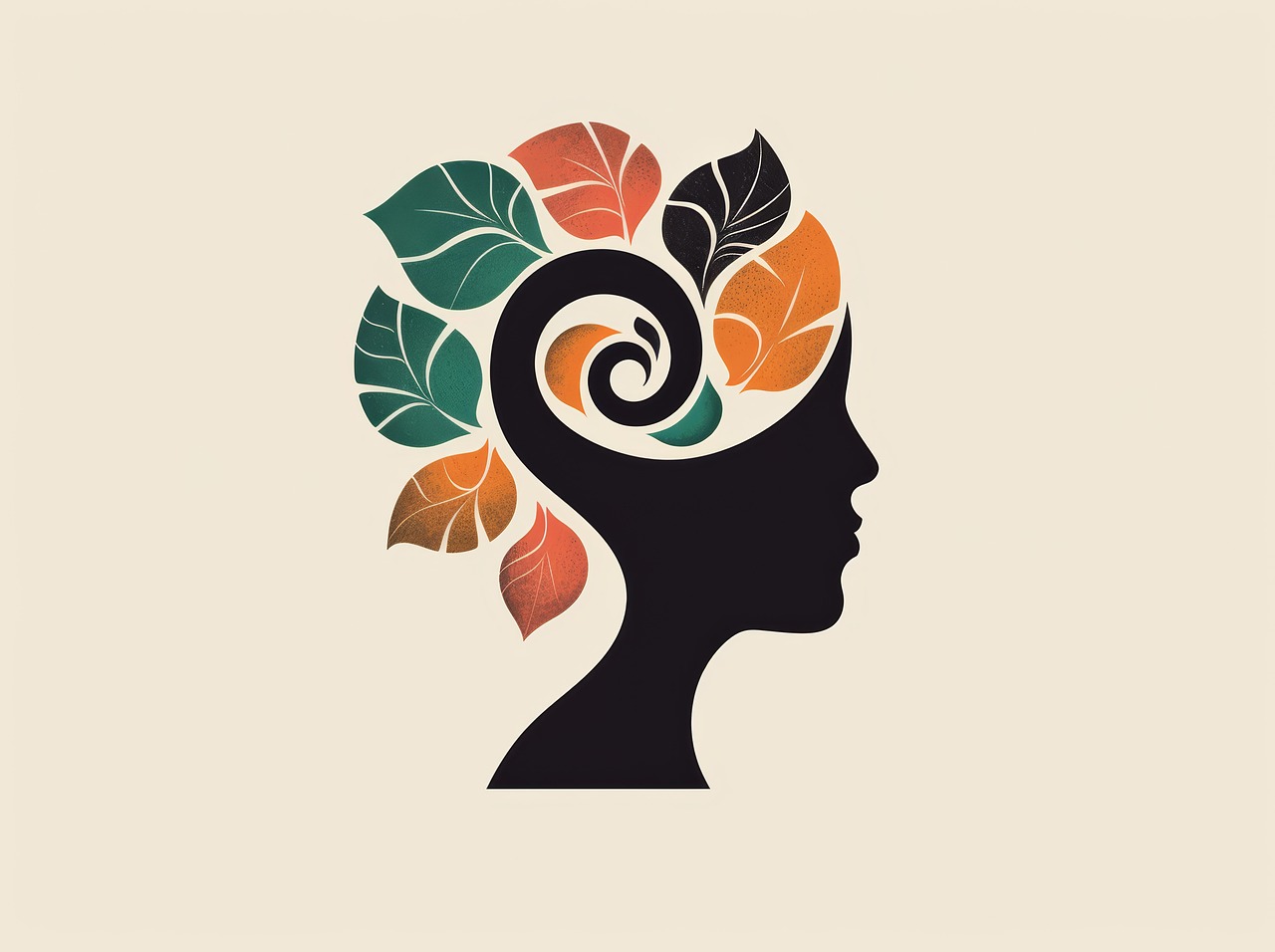
1. Expression beyond words
Often when I’ve felt depressed, anxious, or just overwhelmed, I’ve struggled to say what I feel. Words can feel clumsy, reductive, or simply unavailable. Abstract expression lets me:
- Bypass the verbal filter: Instead of trying to find the “right words,” I choose colours, texture, gestures. A red smear, thick impasto, scratchy line- these can express rage, frustration, pain in ways words can’t immediately reach.
- Access non‑verbal emotions: Sometimes the body or the subconscious holds feelings before the conscious mind catches up. I’ve noticed that certain brush strokes emerge almost reflexively: a trembling line, or a sweep that I didn’t plan. These are often revelations: what I thought was calm has underneath tension, or sadness, or a longing I hadn’t acknowledged.
- Safe distance: Because abstract doesn’t clearly “mean” one thing, there is safety. I can hide in ambiguity; I can reveal without exposing. That’s especially helpful when processing trauma or painful feelings.
2. Catharsis and emotional release
There is something almost physical about abstract mark‑making: I remember one afternoon, in my studio, after a particularly difficult conversation, I just squeezed thick oil paint onto canvas and dragged a palette knife through it, over and over. My hands hurt, my chest felt lighter. That act of releasing tension, of pushing paint, scraping it off, layering – it emptied something. When I show that painting later, I might not recognize all its forms, but I recognize the energy, the release. It becomes a visible trace of healing.
3. Grounding and mindfulness
Engaging in abstract work can be deeply meditative. I often find, when I am fully in that flow:
- My mind stops rehearsing worries
- I lose sense of time
- I become aware of paint on fingers, smell of turpentine or acrylic, sounds around me dissolved into background
This kind of artistic “flow” mirrors what mindfulness seeks: being present, being aware without judgment. It doesn’t always feel serene, sometimes it’s messy, uncomfortable -but it is present.
This kind of artistic “flow” mirrors what mindfulness seeks: being present, being aware without judgment. It doesn’t always feel serene, sometimes it’s messy, uncomfortable -but it is present.
What Science and Practice Tell Us
I’ve also studied what art therapists, psychologists, and researchers say about abstract or expressive art. What follows are some findings that resonate with what I’ve experienced.
- A large review of art therapy literature found that art therapy (including expressive painting/drawing) has been used with people suffering from depression, anxiety, dementia, schizophrenia, autism, etc., and generally leads to reduced symptoms, greater self‑insight, and sometimes improved quality of life.
- The Expressive Therapies Continuum is a model used by therapists to understand how different people engage with art materials and what the art‑making process reveals about cognitive/emotional levels. It supports the idea that non‑verbal, spontaneous media (e.g. abstract, expressive paint work) are especially valuable when verbal cognition or emotional regulation is overloaded.
- There is evidence that even short sessions of art (not necessarily “therapy”) reduce stress: for instance, a 45‑minute art session can lower stress hormone (cortisol) levels, across age and skill levels.
During the COVID‑19 pandemic, many people reported anxiety, isolation, loss of normality. Surveys of art therapists in the UK showed clients often turned to art‑making to feel a sense of control, to process new feelings that were hard to put into words, and to “vent” emotions safely.
So there’s both subjective testimony (mine and many others’) and empirical support.
Personal Stories & Examples
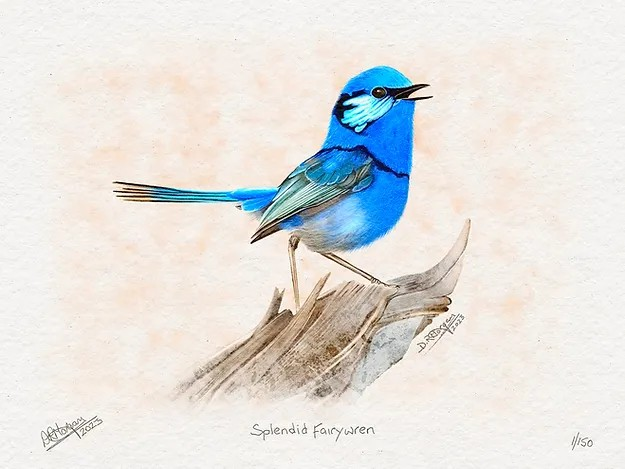
My Studio Story: The Colour‑Storm
A few years back, I was going through burnout: long hours, family issues, creative blocks. One evening, something snapped. I pulled out a large blank canvas, grabbed a bundle of brushes, and simply started layering. Loud, saturated colours: bright oranges, deep ultramarine blues, streaks of raw umber. I mixed with water, then scraped off, then layered again.
I didn’t think. I reacted. After several hours I stepped back, exhausted. The painting was chaotic: colour clashes, heavy texture, marks that looked like tears, smears that looked like shouting. Yet when I looked at it the next morning, I felt something shift. The work had taken shape in the dark, and in that darkness, I’d found space to let go of something I hadn’t been able to express.
Over time, I painted over parts, added calmer fields of colour, softened edges. The process itself mattered more than the “finished” piece. I kept that piece; it reminds me of that period, but it also reminds me that I survived, that emotion can become form.
Peer Example: My Friend’s Abstract Journaling
A friend of mine in London, struggling with chronic anxiety, started doing abstract journaling: every night for ten minutes, using watercolours in a sketchbook, no agenda, just letting colours and shapes flow. Sometimes they pressed the paper, allowed bleeds, sometimes scribbled, sometimes pressed dark pigment. There was no expectation of “good art.”
After a few months, they told me: “These nights have become anchors. When the anxiety rises, I can flick through these pages and see that the storm loosens. Colours that once felt oppressive now feel familiar. Sometimes beautiful.” The act of making, seeing progression, seeing evidence of emotion across time, gave them perspective, not just r
How Abstract Expression Supports Different Aspects of Mental Wellness
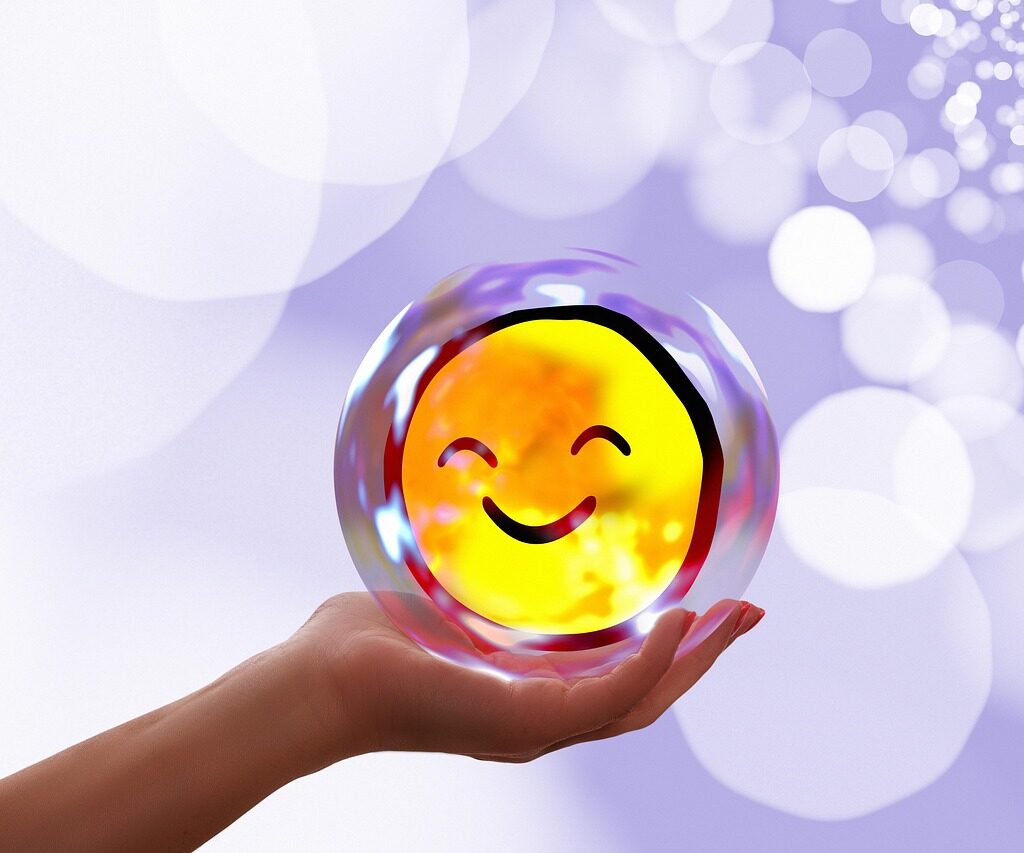
Putting my experiences together with what I’ve learned, here are specific ways in which abstract expression can support different mental wellbeing domains.
| Aspect of Mental Wellness | How Abstract Expression Helps | What You Can Try |
| Emotional Awareness & Regulation | The act of painting or marking becomes a way to sense what’s under the conscious mind. Colour, shape, mark register emotion. Afterwards, you can reflect: what strokes were harsh? What colours dominate? This helps build emotional literacy. | Try this: set a timer for 10 mins; choose 3 colours that “feel” like your mood; let the brush move without planning; afterwards, write a single line: “I felt … because …”. |
| Reducing Anxiety / Stress | Creating something spontaneous can interrupt anxious rumination. Focusing on physicality- paint, canvas, brush, mixing gives your attention something tangible and present. | Use messy media (e.g. thick acrylic, palette knife) when anxiety is high; allow “mistakes” or mess; emphasize process not outcome. |
| Coping with Trauma or Hard Feelings | Abstract art can allow expression of what is repressed/inexpressible. It can help externalize internal turmoil. The layering, scraping off, and re‑painting are metaphors: you can cover over pain, but also you can uncover, revisit, heal. | Establish a safe space in your workspace; maybe keep some work that “reminds” you of pain, and other work that is lighter; sometimes share with a trusted friend or therapist. |
| Identity, Self‑Discovery | Over time, your abstract work will accumulate. You’ll see recurring marks, colours, forms. These are your signature means of expression. That builds a sense of self. For me, certain shapes or textures show up when I am joyful or despondent over time I learned to recognise them. | Keep a visual diary; occasionally revisit older works; compare early vs current pieces; note what repeats. |
| Mindfulness, Presence & Flow | As above: when painting abstractly, time can fall away. The senses engage. You work physically. You notice paint smells, textures, movement. That draws attention into the moment. | Block out time for art without aiming to finish anything; silence phone; maybe put on music or not; allow yourself to get absorbed. |
Challenges, Difficulties & What to Be Cautious About
Because things are rarely purely positive. From my experience and observations, abstract expression can also bring up difficult feelings, frustrate, feel disorienting. It’s not always “therapeutic” in the happy sense.
- Feeling overwhelmed: Sometimes starting with a blank canvas feels like pressure. Or once you begin, you realise you’re accessing painful stuff you weren’t ready for. The emotional rawness can be intense.
- Frustration with “not knowing what to do”: Abstract work often lacks clear rules; some artists hate that freedom because it feels directionless.
- Comparisons & self‑doubt: Seeing other artists’ polished abstracts or exhibitions can provoke “I’m not good enough” or “mine is messy / childish”. That can discourage.
- Guilt over unfinished works: Because abstract work emphasises process, many projects stay “works‑in‑progress” forever. Sometimes that feels wasteful.
What helps me avoid or manage those pitfalls:
- Keep a regular practice so that messy days are expected, not freak‑out moments
- Allow “bad art” days; sometimes what I think of as bad turns out to be useful material
- Use small formats (sketchbooks, small canvases) to warm up, to risk more cheaply
- If overwhelmed, stop, walk away, maybe return later, maybe overpaint, maybe destroy. It’s okay
Conclusion
For me, abstract expression has been a companion through storms: a way of naming the unnameable, a balm, a mirror, a way forward. It doesn’t always feel beautiful nor ordered – but often in that chaos, in that rawness, lies something healing.
Whether you use oil paints, acrylics, watercolours, or digital tools, the principle is the same: honest expression. Pixels can heal as surely as pigments. What matters is not the medium, but the freedom to let emotion move through you into form. If you are curious, I encourage you: pick up brushes, or open a digital canvas, and make marks that feel true, even if messy, even if imperfect. Over time, you’ll see traces of change: colour shifts, mark shifts, mood shifts
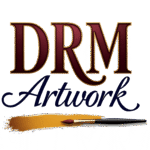
 Cart is empty
Cart is empty 